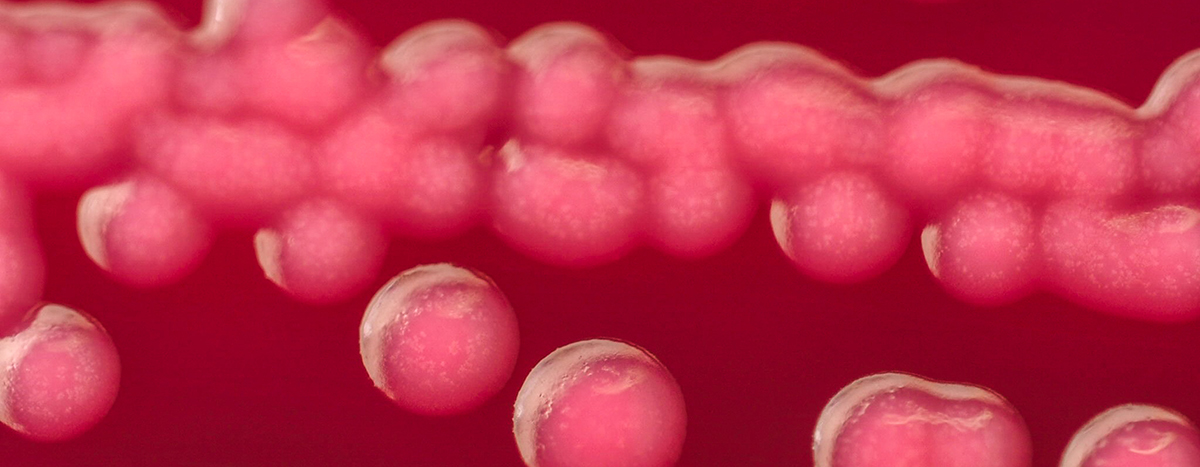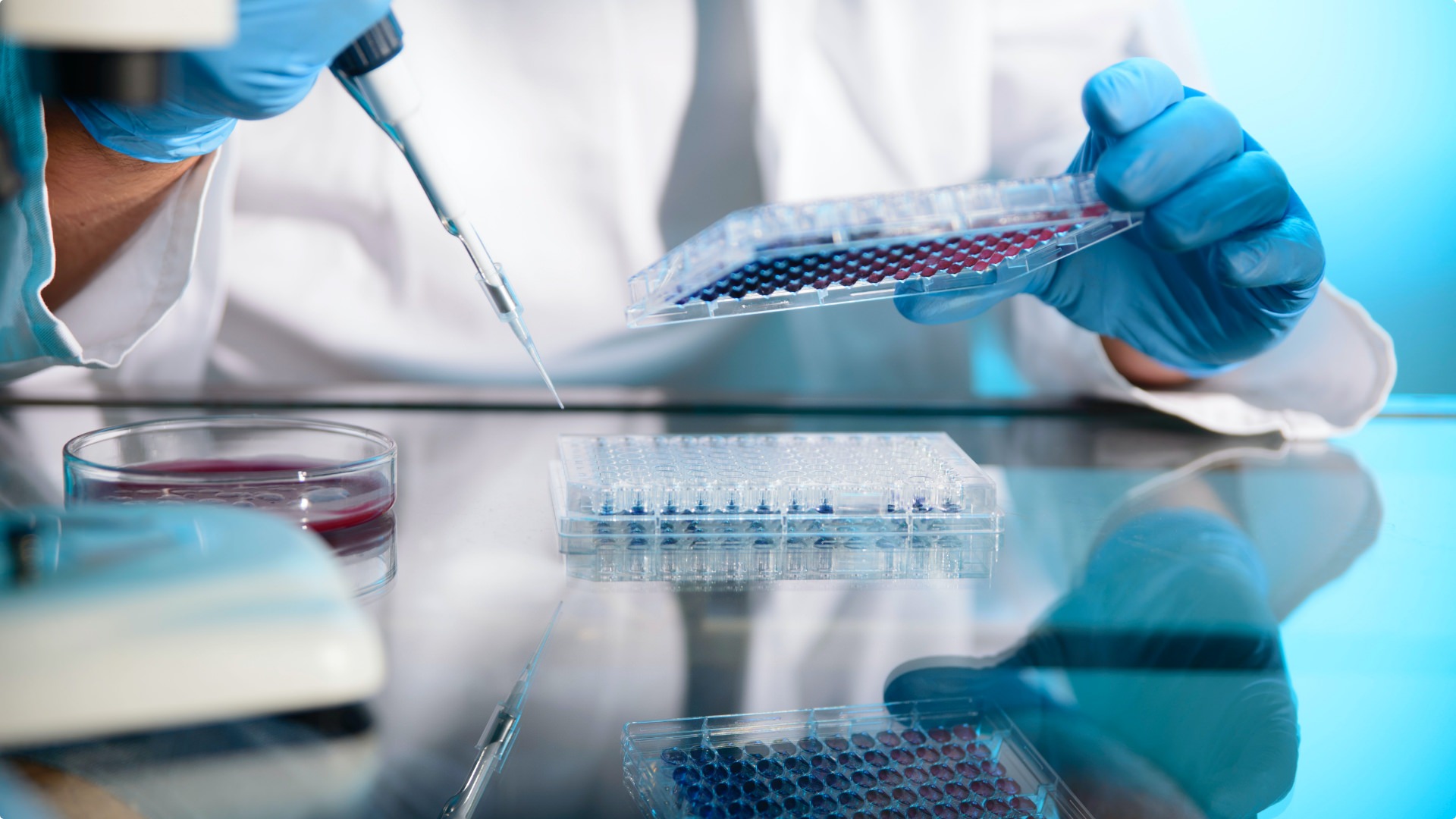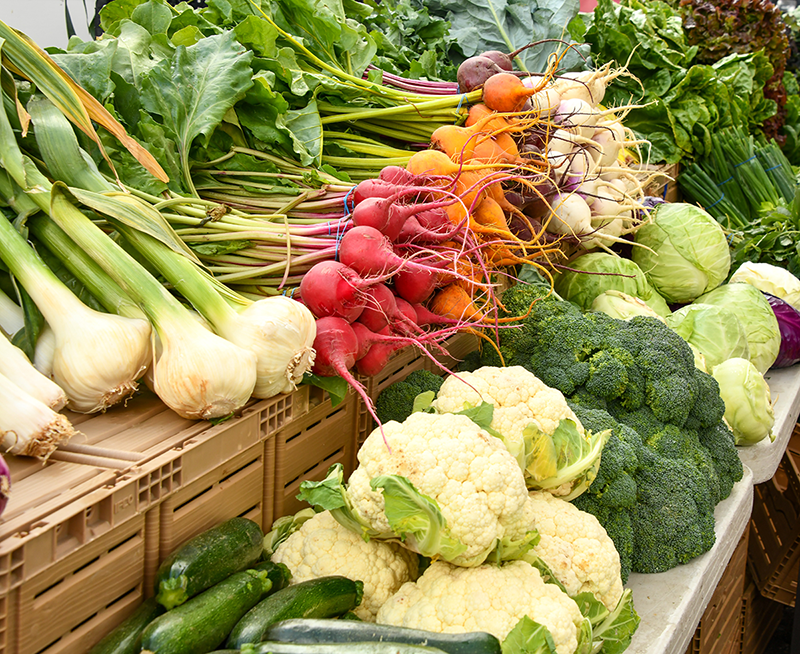Looking Back at the Significance of Escherichia coli in Human Health
Escherichia coli, or E. coli for short, is a gram-negative bacterium belonging to the Enterobacteriaceae family, alongside other notable members like Salmonella, Shigella, and Yersinia. Morphologically, this bacterium appears as short, cane-shaped bacilli with the potential for multiple peritrichous flagella. E. coli are non-sporulated, facultative anaerobic, and mesophilic bacteria that thrive at temperatures between 20°C and 40°C, with an ideal growth pH range of 6 to 8.
This microorganism is widely distributed within the digestive systems of warm-blooded organisms, including humans and animals. Consequently, its presence serves as a primary indicator for detecting fecal contamination in water and ensuring food quality.
While most E. coli strains in our bodies act as benign commensals within the intestinal microbiome, constituting roughly 1% of the microbial population, some strains possess pathogenic properties and can lead to severe human diseases.

The Discovery of Pathogenic Escherichia coli Strains
The key distinction between these pathogenic strains and their innocuous counterparts lies in their acquisition of specific virulence mechanisms. These mechanisms enable them to produce toxins, express molecules facilitating cell adhesion, invade tissues, resist the immune system, and more.
Based on these acquired pathogenic traits, E. coli can be categorized into six different groups or serotypes:
- Enteropathogenic Escherichia coli (EPEC)
- Enterotoxigenic Escherichia coli (ETEC)
- Enteroinvasive Escherichia coli (EIEC)
- Enterohemorrhagic or verotoxigenic Escherichia coli (EHEC/VTEC/STEC)
- Enteroaggregative Escherichia coli (EAEC)
- Diffusely adherent Escherichia coli (DAEC)
Among these, the enterohemorrhagic serotype (EHEC/STEC) is particularly significant, causing symptoms ranging from mild diarrhea to hemorrhagic colitis. In roughly 10% of cases, especially in vulnerable populations like children and the elderly, this infection can escalate to a high-risk condition known as Hemolytic Uremic Syndrome (HUS). This syndrome often correlates with the expression of cytotoxins, commonly referred to as verotoxins (VT) or shigatoxins (Stx). For instance, one of the most concerning serotypes in terms of public health impact is Escherichia coli O157:H7, which is closely associated with foodborne illnesses and results in a substantial number of EHEC infections and fatalities each year.
Virulence Mechanisms in Enterohemorrhagic Strains: Shiga Toxin and More
Structurally, the Shiga toxin comprises two subunits: A and B. Subunit A further divides into A1 (cytotoxic) and A2 (structural). The Shiga toxin enters the intestinal endothelium at the cellular level due to the affinity of subunit B with membrane receptors, triggering macropinocytosis. Once inside the cell, it is transported via cytoplasmic vesicles. Subunit A1 exerts its toxic effects at the ribosomal RNA level, inhibiting protein synthesis and leading to cell death.
Another virulence factor is the PO157 plasmid, found in O157:H7 strains. This plasmid incorporates genetic material for the production of various factors related to cell adhesion, mucin and glycoprotein degradation, and the regulation of inflammatory and cytotoxic processes. The presence of this plasmid in certain strains highlights E. coli’s ability to exchange genetic material through mobile genetic elements, enhancing its environmental adaptability and contributing to the emergence of intestinal pathogens with improved survival and persistence in food systems.
Contamination Sources in Humans
E. coli primarily originates from fecal matter, making transmission through contaminated food and water the most common route. Other pathways include cross-contamination and direct human contact during food processing, emphasizing that food and water consumption are key infection vectors.
So, how does E. coli contaminate food? Various foods can serve as carriers for pathogenic E. coli strains, either through direct contamination or cross-contamination, as discussed earlier. Contamination may occur during the cultivation of vegetables using manure, milk collection, or meat processing. Additional sources of contamination include post-harvest handling, transport, processing, and unhygienic food preparation.
Inadequate control of food processing parameters, such as pH, water activity (aw), and storage temperatures, contributes to E. coli persistence along the food chain, posing risks to public health. The main sources of transmission include raw and undercooked meats, dairy products, unpasteurized fruit juices, and raw vegetables. Notably, outbreaks have been associated with the contamination of raw vegetables, as witnessed during the 2011 outbreak in Germany caused by STEC O104:H4 strains.
Animal Products
Although E. coli can be found in some wild and game animals, ruminant animals, particularly of bovine origin, are considered the primary reservoirs for STEC and EHEC strains like O157:H7. In adult animals, these microorganisms often exist harmlessly in the intestines, causing no medical issues. Meat contamination typically occurs during livestock slaughtering due to poor practices, subpar slaughterhouse hygiene, and handling. Key activities leading to meat contamination include skin removal, intestinal spillage, and overall site sanitation.

Fresh Products and Sprouted Seeds
E. coli can enter agricultural systems through various means, including manure, irrigation water, contaminated seeds, insect pests, domestic animals, or nematodes. These bacteria can endure in soils for up to 20 months, persisting as environmental contaminants. Their survival is even more prolonged in leaves and roots. In recent years, the increasing popularity of sprouted seeds, valued for their nutritional benefits, has raised concerns due to reported diseases. Consequently, public health agencies and consumers are implementing stricter control measures for raw vegetables and sprouted seeds.

Regulatory Measures Against Escherichia coli Incidence
While the European Union established the Network for Epidemiological Surveillance and Control of Communicable Diseases in 1998, it wasn’t until 2009 that enterohemorrhagic E. coli infections were officially recognized as foodborne diseases. This recognition mandated the quarterly reporting of STEC infection cases to the European Surveillance System.
Moreover, Regulation (EC) No. 2073/2005, along with its amendment No. 1441/2007, introduced microbiological criteria for E. coli in various food categories. These criteria encompass food safety, hygiene, and fecal contamination indicators, utilizing plate counts and validated microbiological methods based on ISO standards like 16649-1, 16649-2, and 16649-3.
Despite these regulations, it remains essential to establish microbiological guidelines and control plans to reduce fecal contamination along the food chain, ultimately minimizing public health risks. These efforts should extend not only to producers and distributors but also to consumers. The World Health Organization (WHO) has published the “Five Keys to Safer Food Manual,” outlining good hygiene practices to prevent disease transmission at home.
In sum, food safety is a global concern that necessitates the collective efforts of all stakeholders.



